How to write an amasing email cover letter to get a new job?
When submitting your CV by email, your cover letter is crucial. Can you write a cover letter email that will catch a recruiter's eye?
When submitting your CV by email, your cover letter is crucial. Can you write a cover letter email that will catch a recruiter's eye?
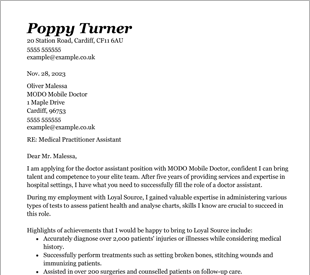
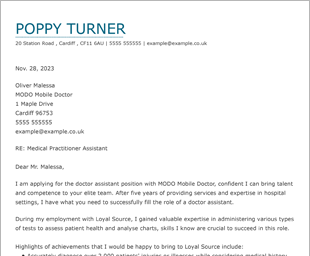
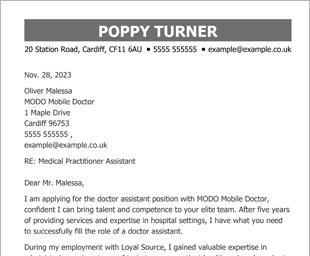
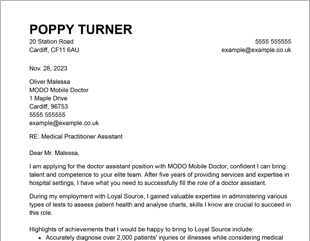
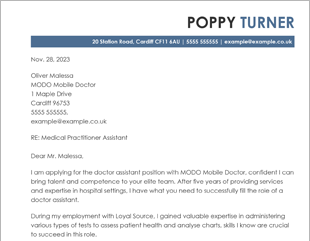
OUR USERS HAVE BEEN HIRED BY
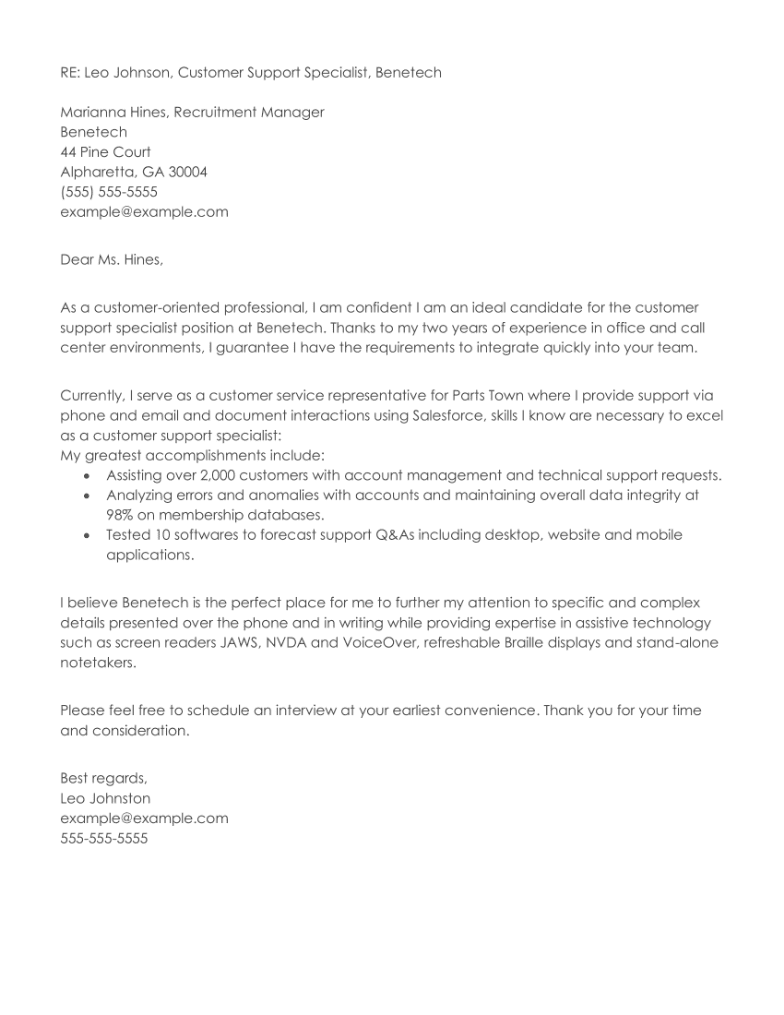
An email cover letter is simply a cover letter that job seekers send in the body of the email rather than as an attached file. So an email cover letter is simply a cover letter, right? Yes and no. An email cover letter should encompass all the same points as a traditional cover letter, but there are some important formatting differences you should keep in mind.
For example, email cover letters are generally shorter and less detailed than traditional cover letters. There is also a need for an appropriate subject line. In many cases, recruiters and hiring managers will have a preference for the type of cover letter they receive, so be sure to check the job posting before you apply. Complying with requirements shows that you can take direction well.
If your job application requires an email cover letter, there are a few main features you should include in the body of your email. These features are the same as certain features in a traditional cover letter, but the way you handle them should be slightly different.
The subject line of your email is important during a job application and technically forms a part of your email cover letter if you are submitting one. You should include your full name and the job title that you are applying for in the subject line in case the hiring manager is looking to fill more than one role. In fact, it can sometimes be beneficial to put the company name in the subject line too, in case the hiring is being undertaken by a third-party recruiter.
Your cover letter salutation is always important. Try not to use a generic greeting like “Dear Hiring Manager” or “To Whom It May Concern” but instead use the hiring manager’s name with the “Dear Mr.” or “Dear Ms.” salutation. The only time a generic greeting is appropriate is when you cannot find the hiring manager’s name, in which case you should opt for “Dear Hiring Manager”.
Do some research on the company and the potential job before you start writing your cover letter so you can discuss why you think you’re the right fit. Start your cover letter by giving some details about your background and top attributes, and then state why you want to work for the company. Once you have done so, you should give a summary of the reasons you feel you are the right person for the job. Try not to repeat information from your CV but instead view this as an opportunity to provide supplementary or more in-depth information.
Your closing paragraph should include a call to action (such as requesting an interview) and a professional sign-off that leaves a good impression on the hiring manager and prompts follow up contact. Use something like “Regards” and your full name rather than a more informal sign-off like “Yours.”
Just as you should include your personal information in a traditional cover letter, you should ensure that your email cover letter provides your full name and contact information. This includes your phone number, email address and any links to professional portfolios you may have. Make sure you use a professional email address and not your current work email. Avoid email addresses that have nicknames or numbers as much as possible.
If you follow this basic structure, you will create a great email cover letter that has a good chance of landing you a new job. For more inspiration, check the cover letter examples for various jobs and industries that are available via CVHelp.
If you want to get the best possible results, it’s important that you know how to format all of these elements in your email cover letter. The proper email cover letter format is as follows:
An email cover letter should ideally be three or four paragraphs long. Once you have written your cover letter in the body of your email, take the time to double-check details like the email subject line, the file name of your CV, and the contents of your attached CV. Proofread thoroughly before you send the message, too. Remember, you can always use a cover letter template or builder to help create the best cover letter for you.
No, you should not send both an email cover letter and a traditional cover letter in the same job application. Send one or the other, and make sure you check the job details to see if the hiring managers have stated a preference.
You can discuss anything that is relevant to your ability to undertake the job posting that you have applied for. This includes internships, volunteer positions and even your hobbies. If these show off relevant abilities, you can mention them in your cover letter.
Yes, there are many wonderful cover letter templates that can be useful when writing an email cover letter. CVHelp has a range of modern and effective cover letter templates that will help you make a good first impression.
We personalize your experience.
We use cookies in our website to ensure we give you the best experience, get to know our users and deliver better marketing. For this purpose, we may share the information collected with third parties. By clicking “Allow cookies” you give us your consent to use all cookies. If you prefer to manage your cookies click on the “Manage cookies” link below.